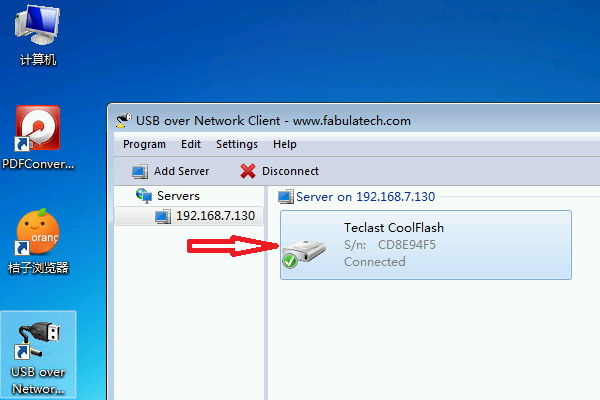
Child partitions that can run additional guest operating systems, which do not have direct hardware access.A root partition that runs Windows and the hypervisor.Hyper-V creates isolated partitions in which operating systems can operate. In both cases, Hyper-V interacts directly with the CPU, without going through the host operating system. Hyper-V is a Type 1 hypervisor which is installed on bare-metal servers, or on the Windows 10 operating system, but then boots up before the operating system does and runs it as a guest OS.

Hyper-V is a hypervisor that lets you run several, isolated guest operating systems on a hardware platform. Related content: read our guide to virtualization for windows 10 Microsoft Hyper-V Architecture This is part of our series of articles on Windows virtual desktop infrastructure (VDI). Hyper-V for Windows Server comes at additional cost, and allows you to leverage Windows Server capabilities like failover clustering. It is also easy to use, letting you quickly spin up virtualized operating systems on any Windows 10 machine. Hyper-V for Windows 10 is provided for free with most versions of Windows 10.



 0 kommentar(er)
0 kommentar(er)
